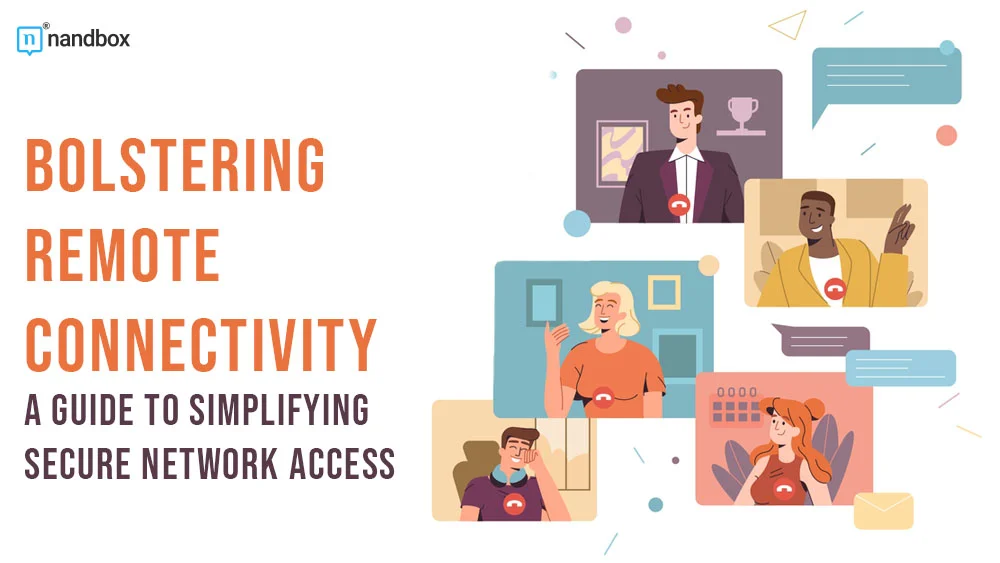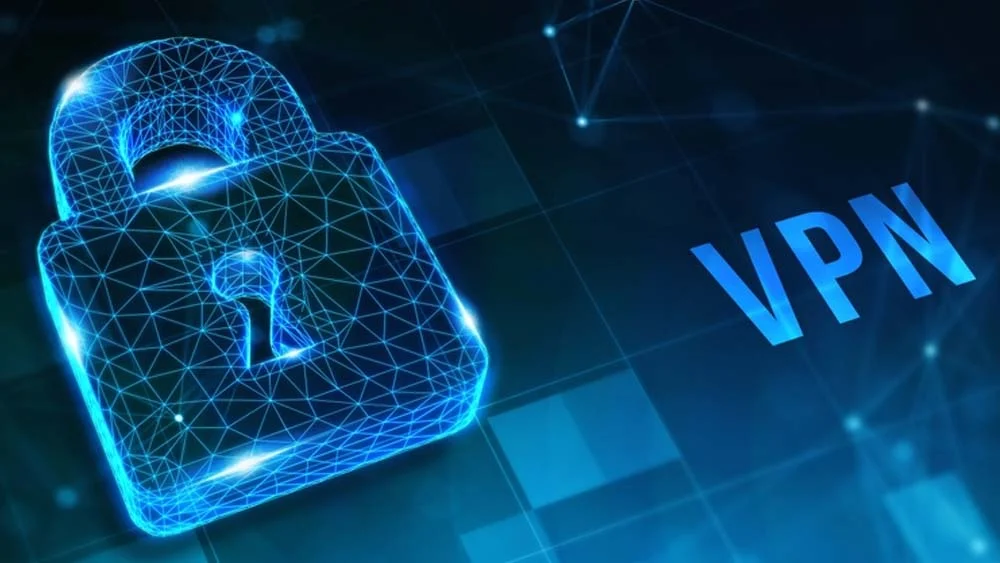Today, managing your team’s access to your company’s network securely can seem daunting, especially with the shift towards remote and hybrid work models. But fear not! With a structured approach to network security, you can streamline the process and ensure that your network remains robust against potential threats. This guide will show you how to do so.
Remote Connectivity: Understanding the Basics of Network Security
First, let’s break down what it means to secure your network. Think of your network as your home. Just as you would assess who comes in and out of your doors, the same attention is required for your network. Your first step is to conduct a network risk assessment. This assessment helps you identify vulnerabilities within your network, much like checking whether your windows or doors are sturdy and locked.
Carrying out a network risk assessment isn’t just about ticking a box; it’s about continuously monitoring and evaluating the effectiveness of your security measures. Are your firewalls strong enough? Do you have intrusion detection systems in place? These questions form the backbone of your security strategy, ensuring you’re aware of potential risks and prepared to tackle them effectively.
Implementing Strong Authentication Methods Through Remote Connectivity
Robust authentication methods are non-negotiable when setting up remote access for your team. Think of this as handing out keys to your home. You wouldn’t give someone a key without ensuring they are who they say they are, right? Similarly, implementing multifactor authentication (MFA) ensures that the person trying to access your network is legitimate.
With MFA, even if passwords get compromised, the additional layers of security help prevent unauthorized access. This could include something the user knows (a password), something the user has (a security token), or something the user is (biometric verification). This multi-layered approach significantly reduces the chance of security breaches.
Remote Connectivity: Streamlining Access with Secure VPNs
A Virtual Private Network (VPN) is a secure tunnel between your employees and your network. Using a VPN, your team members can access the network from anywhere in the world, just as if they were connected directly to the network at the office. This is particularly useful for remote and hybrid teams requiring consistent company resource access.
However, not all VPNs are created equal. It is crucial to select a VPN service that provides strong encryption and reliable performance. This ensures that all data transmitted over the network remains confidential and safe from prying eyes.
Educating Your Team on Security Best Practices
One of the most overlooked aspects of network security is user education. No matter how sophisticated your security infrastructure is, uninformed users can compromise its effectiveness. Regular training sessions on security best practices can empower your team to recognize phishing attempts, properly manage passwords, and understand the importance of regular software updates.
Encourage your team to be vigilant and proactive. For instance, they should know not to use public Wi-Fi without a VPN or to share sensitive information through unsecured channels. These habits can make a significant difference in maintaining the integrity of your network.
Conclusion: Ensuring Continuous Security
Securing network access for remote and hybrid teams doesn’t end with implementing tools and technologies. It creates a culture of security that adapts to new threats as they arise. Regular updates to your security protocols, continuous risk assessments, and fostering an environment of security awareness are essential.
By simplifying the complexities of network security, you protect your business assets and support your team’s productivity and morale. Secure network access is a dynamic challenge that requires ongoing attention and adaptation. Doing this will keep you informed and secure and let your team thrive.




